Nepal Climbing Adventure…
When there’s a story you need to know, be sure we’ll tell you the truth about everything…
About Us…If you decide to climb a mountain, think of God first in the course of your planning. Everything else will fall into place…
Nepal Climbing Adventure was established to give summit climbers a sensation of achievement without the risks of fatal situations we see on the rise today. We are well aware of the fact that no matter how hard we will try, this is trekking and climbing on some of the most rugged territory on planet earth; and mother nature, despite its incomparable beauty, can be a monster when least expected. Are we the only ones concerned? Perhaps, a few others are too, but when you’ve been operating high altitude expeditions for a pretty long time and witnessed some of the worst, it kind of gets under your skin, pushing you to find ways to prevent these dangerous mishaps as far as possible. Nevertheless, we’ve reckoned if you can’t solve the problem, at least try to manage it.
Gutsy climbers have always had a deep respect and love for mountains. Since olden times, people have prayed to them, considered them sacred, created mythological stories around them and worshiped their spirits. But for decades, mountains have also caused conflict between those who believe these giants of nature to be holy and others who consider them as something to be conquered.
The decade of the 1960s was a huge difference to today’s big dollar trekking infrastructure that’s in place. Trekking agencies and guide services were in their infancy, and you could count the few hotels and teashops on your fingertips; today we call them ‘teahouse lodges’ and they’ve become ubiquitous. Nor were there many of the ‘comfort resources’ that today’s trekkers expect, like solar showers, soft drinks and bottled beer, fancy menus with European cuisine, and soft beds. Black tea without milk was free. The ‘bhattis’ [early inns] of those times were small and temporary [in winter], serving good food and offering trekkers and climbers a place on the mud floor to sleep out the weather. Some trekkers even slept on the porches of houses literally ‘footloose and fancy free’. Food was real cheap then [not now anymore].
However, the choice was limited to ‘daal-bhaat’ (lentils and rice) with a spicy vegan curry. A complete meal in 1964 cost ‘tin mohar’ (1½ rupees; about 20¢), and for another half rupee trekkers got a meat curry, or an egg and a small glass of milk. When the 1970s came in, traditional dalbhat morphed into trailside menus featuring foreign fare like muesli, porridge, apple pancakes, lasagna and chocolate cake. A popular drink served in the inns those days was a mild millet wine called ‘daru or Raksi’, served warm. It tasted like Japanese Sake. Some of the customers found in those days were Gurkha soldiers on leave, civil servants on assignment and, occasionally, foreigners on an adventure. Trekkers got to bunk out the night free; they only paid for food and drink. Today, nothing is free on a trek; everything has a price.
In the early 60s most trekkers hiked alpine style, carrying their own gear, without porters. The daily rate for porters was ‘saadhé saat rupiyaã, sukha’ (literally ‘7½ rupees, dry’, this meant the porter would take care of his own food). That was the equivalent of $1/day, almost three times what the early British trekkers paid their porters a decade earlier, but this is much less than you pay now when a porter’s wage may go as high as 70 percent).
In the 60s and earlier than that, many of the trails and peaks we know of today were nowhere on the map. Col. J.O.M. ‘Jimmy’ Roberts, when in Manang District with his team in 1950, were the first foreigners to the stunningly scenic Nar and Phu – today a famous trek; they were also the first to trek much of what is now the well known Annapurna Circuit route. Trekkers and climbers of those times were masters of the trails they discovered and enjoyed the peace and calm that’s hardly available in peak season today.
Some trips start off with a single step, but others may require a few more steps than necessary; for reasons of safety since prevention is always better than cure: a mandatory policy Nepal Climbing Adventure has initiated since its inception.
We’ve now come a long way since the 1950s, but the risks have increased much more today than it was back then in the 50s-60s. Many would attribute this to climate change that is playing havoc on the mountains, but there’s more to this than simply blaming the climate.
With over two decades of experience guiding expeditions above the timberline, despite our recent establishment; what ‘Nepal Climbing Adventure’ has observed today is a ‘whole commercial’ outlook to climbing mountains where some ‘adventure operators’ seem to have taken the ‘mountains’ for granted, and have sent clients to big-time peaks with inadequate experience, resulting in fatalities that was shown in the relatively high number of deaths on Everest in May this year, 11 in number. Some adventure agents make the Himalayas look ‘easy’ to customers and this creates huge problems when ‘experienced guides’ meet up with the ‘inexperienced’ ones after base camps are cleared and climbers make a beeline for summit above 8000m or approximately 25,000 ft.
Nepal Climbing Adventure has successfully operated high altitude mountain climbing expeditions above 7000m right from its inception. Keeping the above mentioned avoidable mishaps in mind, we have meticulously planned our future expeditions for 8000 meter peaks in the coming May window mountaineering season of 2020, and beyond. We intend to keep our clients well informed with the whole truth about what it’s like climbing mountains in Nepal and its differences to doing mountains in other parts of the world. As far as possible, we’d like to keep a clean slate and avoid injuries and tragic circumstances of any kind. We’re currently working towards this end and will adopt some rigid rules in the formation of our high altitude crews. This will also include ensuring that our clients will have all it takes to do peaks far above the timberlines; especially for peaks above 7000m. We will draw our lines in certain areas for the holy grail of all peaks – Mt. Everest.
We do understand those attempting the big summits would like to test their physical abilities to the limits and enjoy a sense of ultimate achievement; and yes, the bragging rights, but this is proving to be lethal. Nevertheless, Mt. Everest’s formidable summit still attract the brave and bold and it will continue to be a trendy bucket-list item for adventure travelers — not all of them professionals. This is exactly where Nepal Climbing Adventure will plan to the smallest details to prevent disasters of any kind to all its clients who attempt this mother of all peaks.
We know its commonplace to say that it’s more about the journey than the destination but in the case of hiking the tallest mountains on earth, it’s an issue of deep introspection, experience and the father of all questions: ‘can I do it and go all the way?’ nothing’s impossible if you’ve got what it takes. Nepal Climbing Adventure has all the experience required to put you on the summit and bring you down safely to enjoy an adventure where only eagles dare. All you need to do is juggle your feet one in front of the other with every level of fitness and skill.
No matter what venture you undertake in Nepal, we promise you one thing: you’ve never seen it anywhere like here. Visit Nepal in 2020 to learn how true our story is…
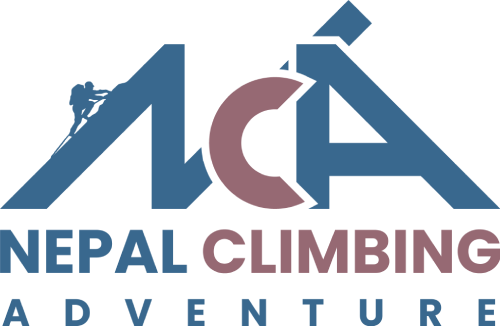
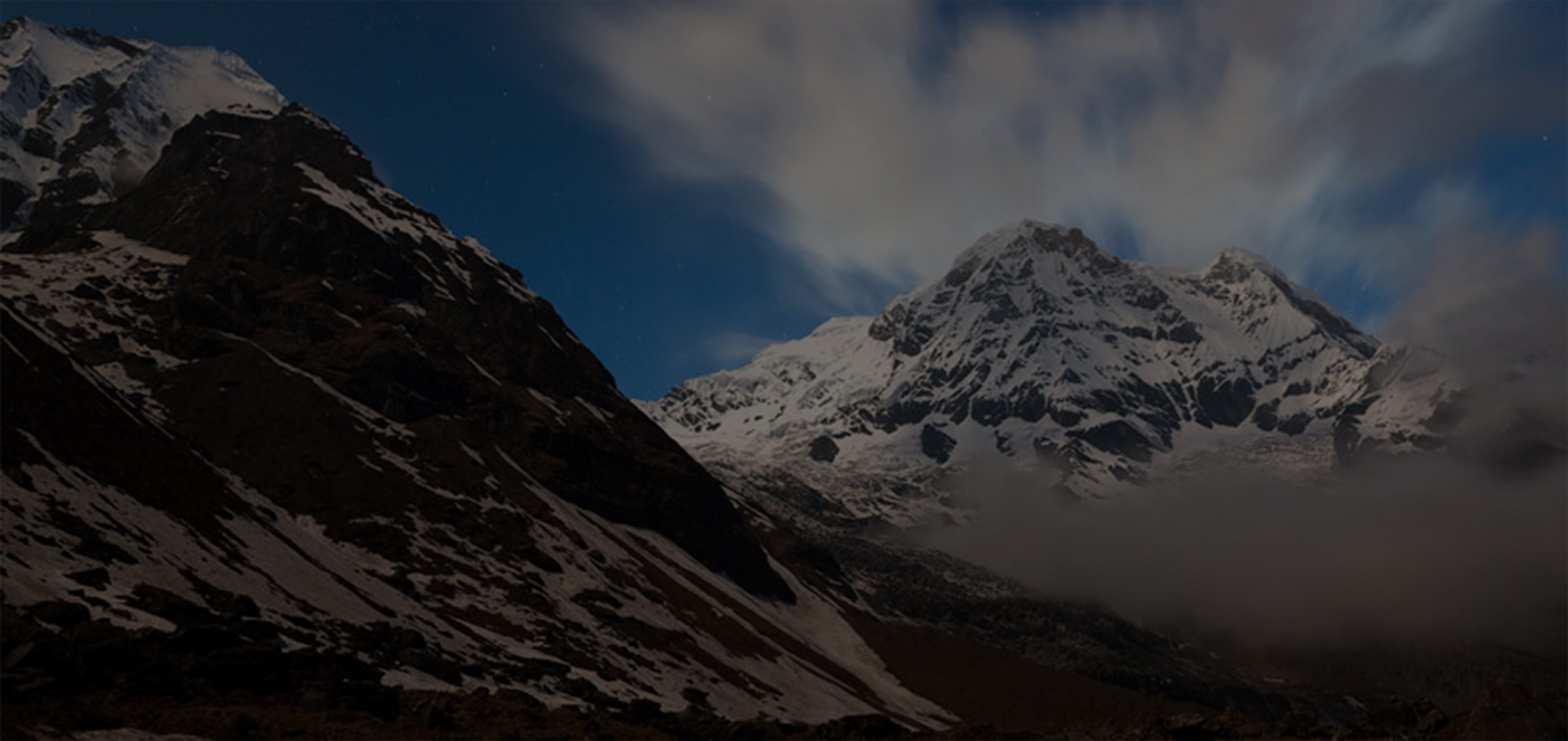
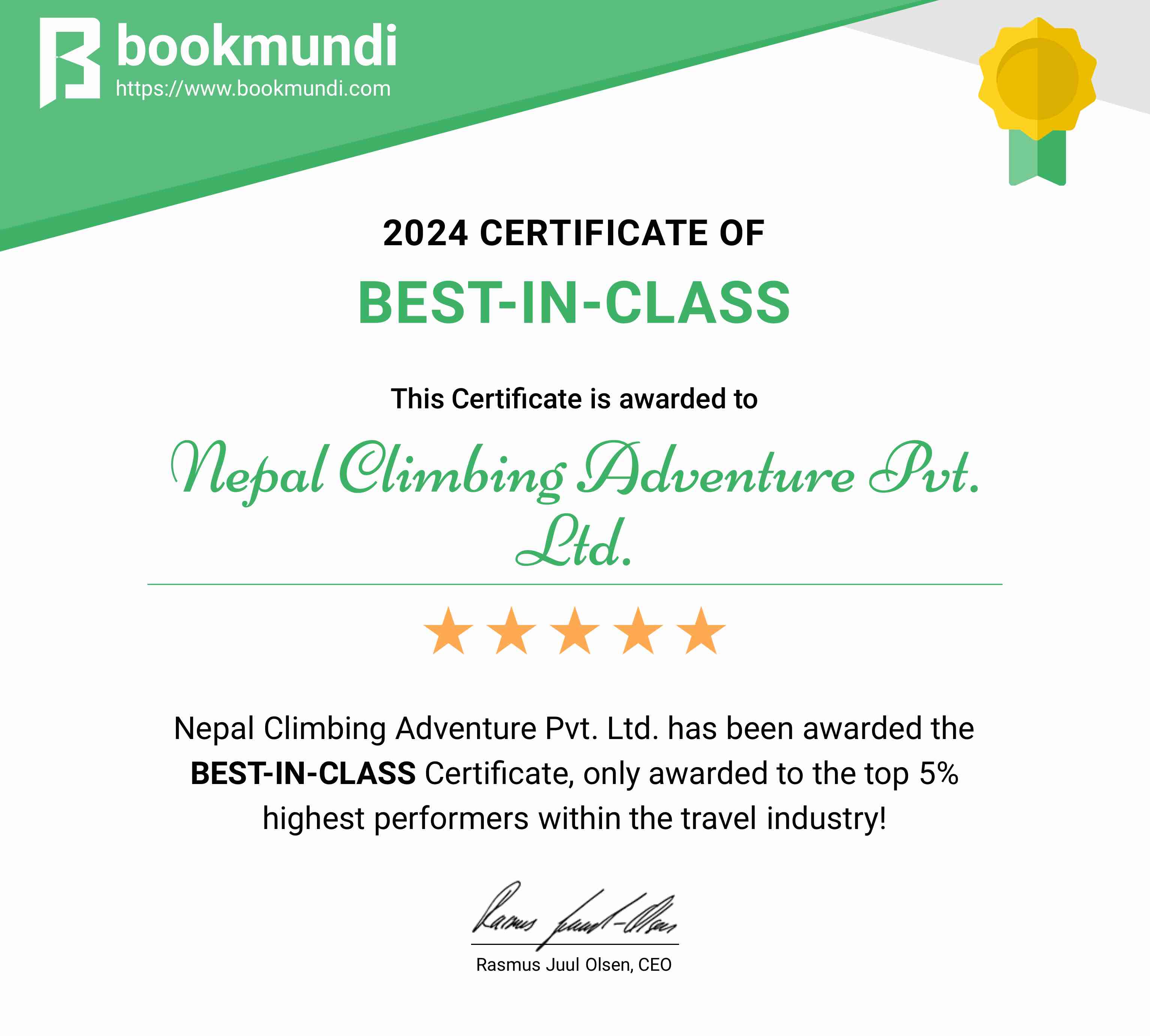
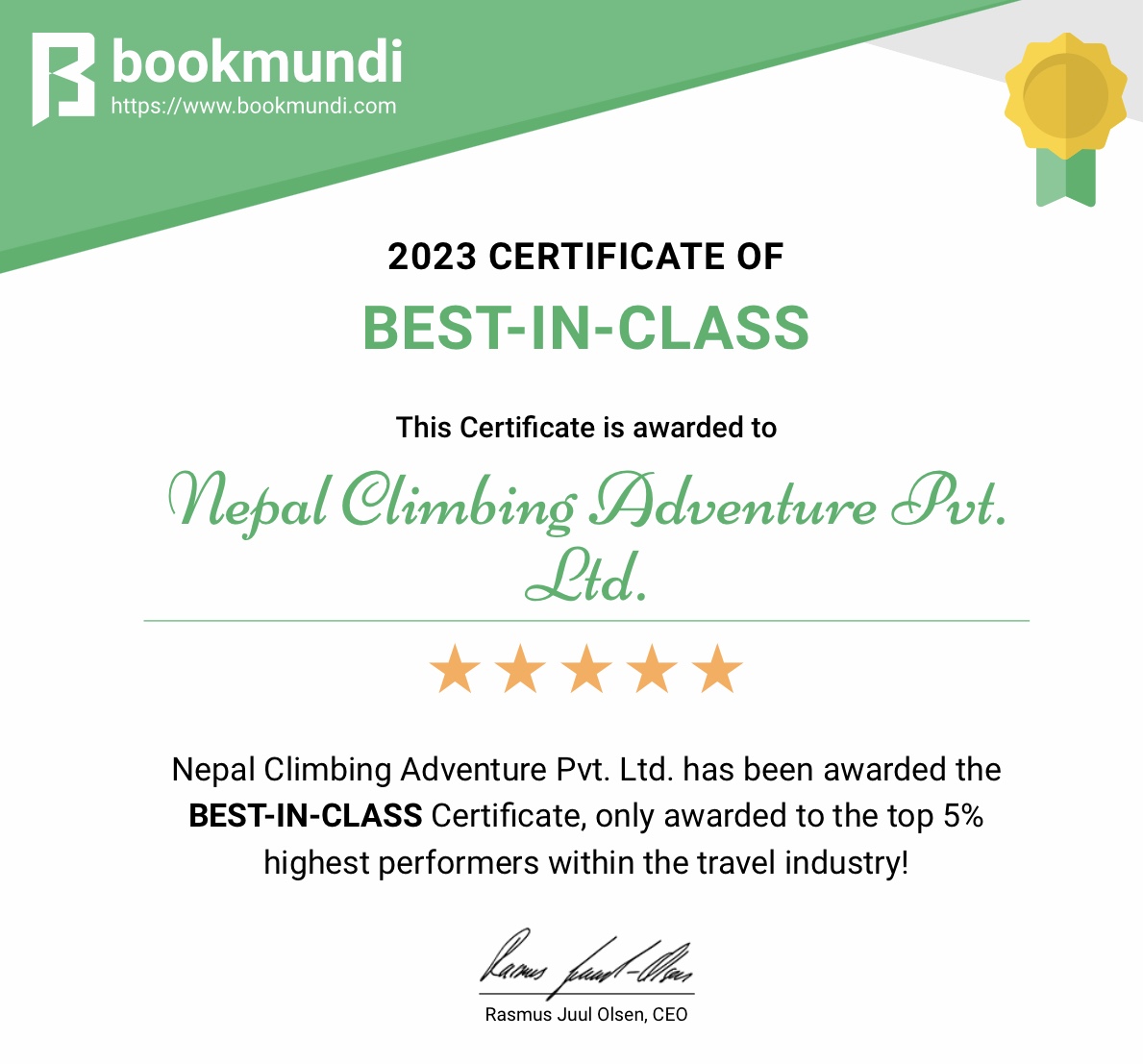
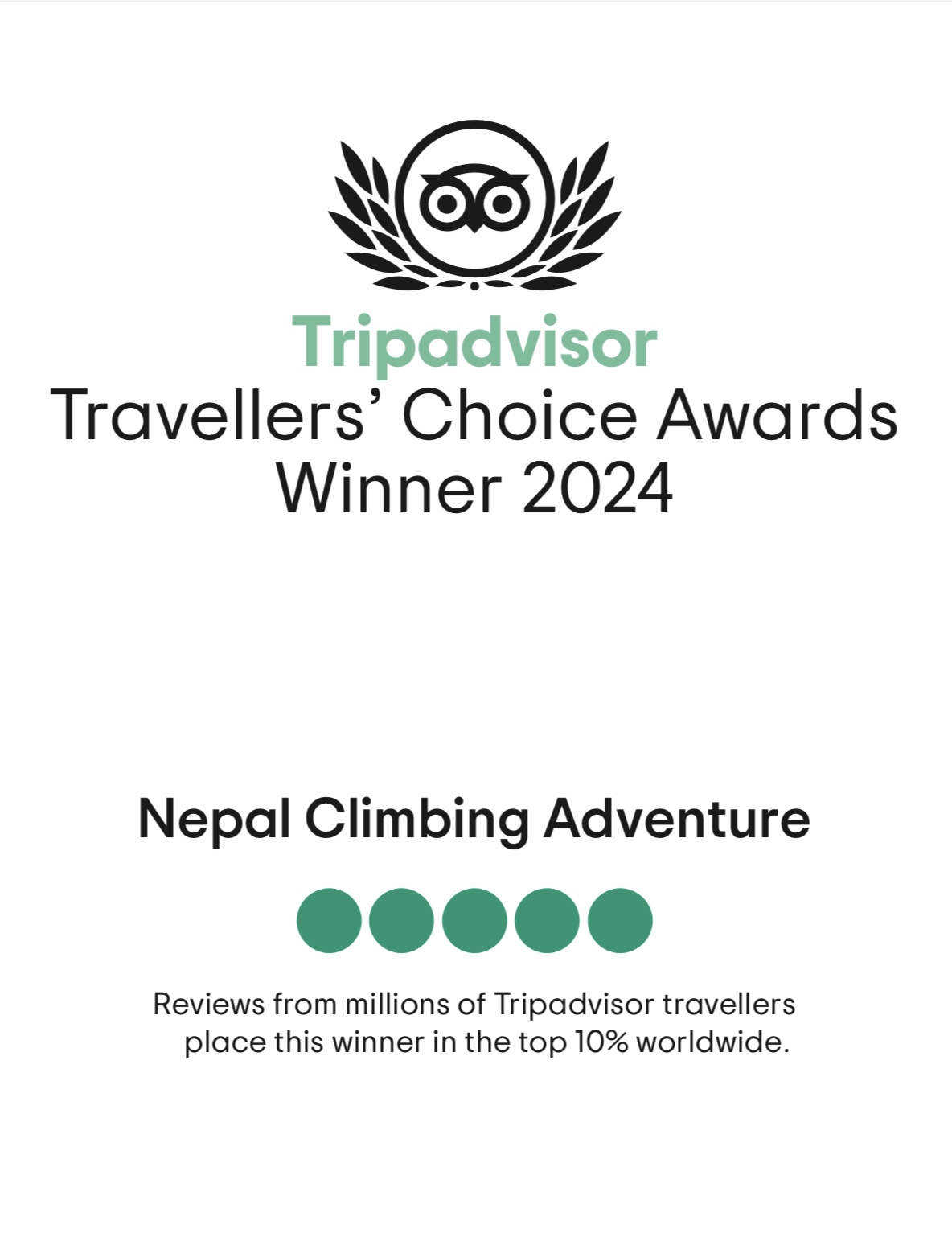
















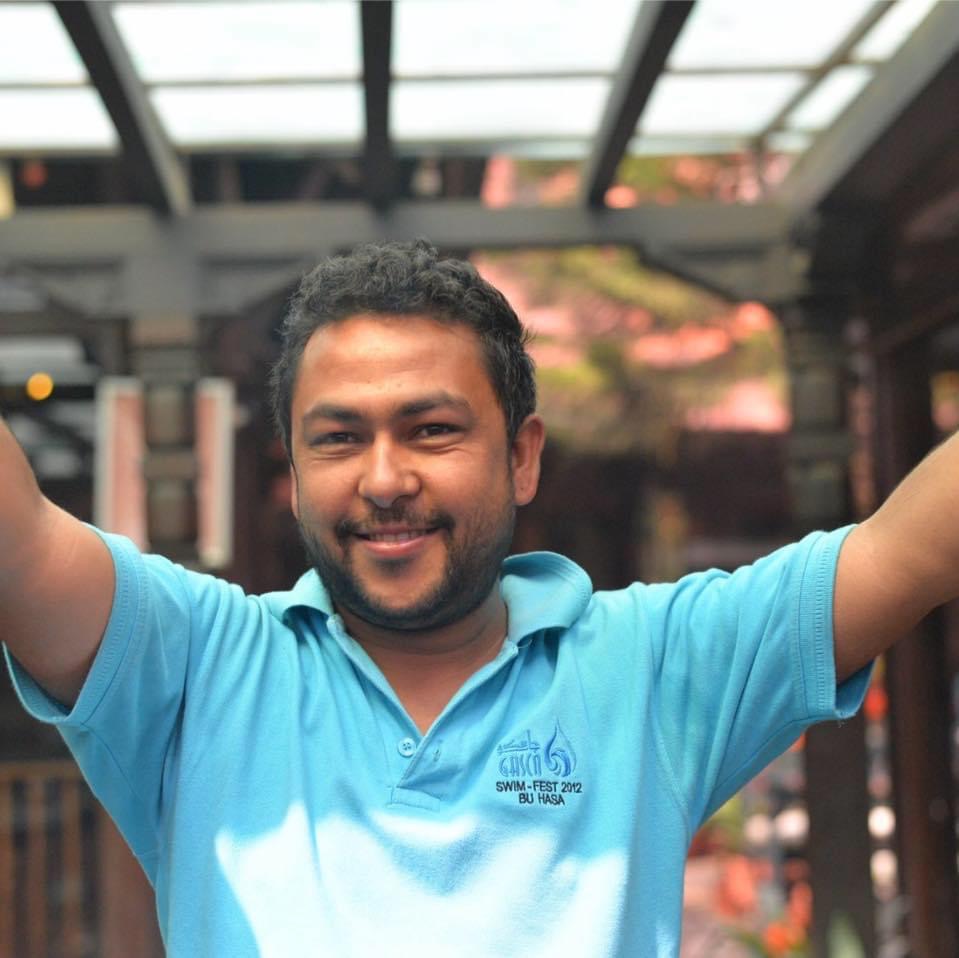 Chris Chhetri
Chris Chhetri